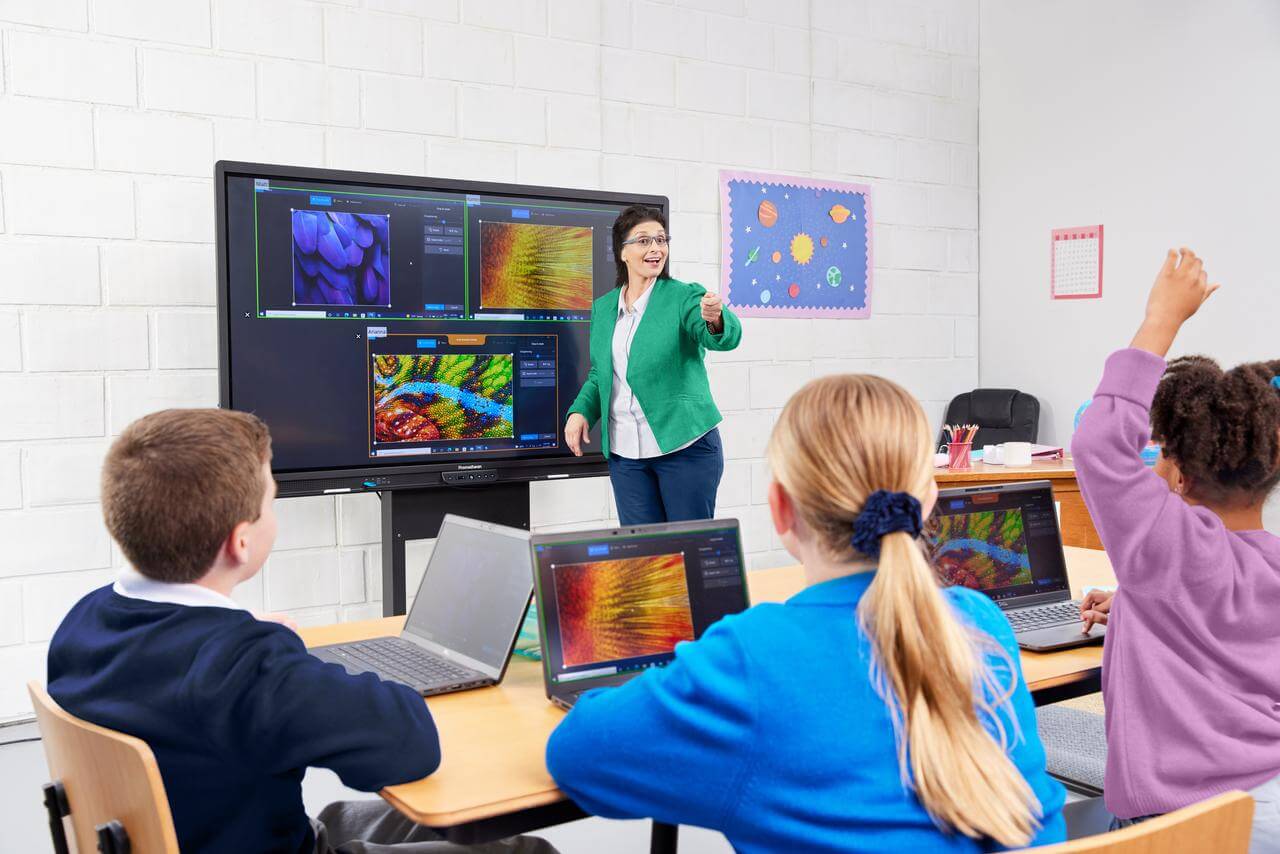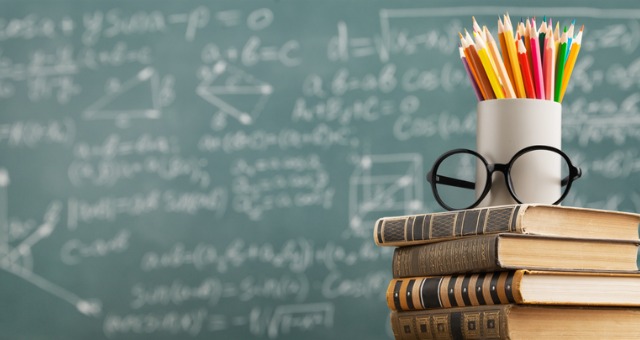Achieve Academic Success with Primary Science Tuition Singapore
Achieve Academic Success with Primary Science Tuition Singapore
Blog Article
A Comprehensive Guide to the Different Learning Techniques in Key Scientific Research Direction
The exploration of varied learning approaches in key science instruction provides a possibility for educators to enhance student interaction and understanding dramatically. By examining hands-on understanding techniques, inquiry-based techniques, and collaborative techniques, we can determine reliable techniques that cater to different discovering styles.

Hands-On Knowing Strategies
Hands-on discovering techniques play a pivotal duty in main science instruction, engaging students in energetic exploration and trial and error. These approaches enable students to interact straight with sensations and materials, promoting a deeper understanding of clinical concepts. By utilizing manipulatives, models, and real-life experiments, educators produce an environment where students can observe, hypothesize, and examine their concepts.
Such methods not just improve comprehension yet likewise cultivate essential thinking and problem-solving abilities. When pupils take part in activities like constructing straightforward equipments, growing seeds, or carrying out chemical reactions, they are motivated to ask questions and seek answers with their very own observations. This experiential technique assists to demystify intricate scientific principles, making them a lot more obtainable and relatable.
Moreover, hands-on knowing advertises collaboration amongst peers, as trainees typically function in groups to perform experiments or share searchings for. This teamwork not just enriches their discovering experience but likewise develops crucial social skills. Inevitably, integrating hands-on strategies in main science instruction cultivates a lifelong love of learning and curiosity concerning the environment, laying a solid structure for future scholastic searches in science and past.
Inquiry-Based Discovering
Inquiry-based understanding is an instructional technique that encourages students to ask inquiries, investigate sensations, and construct their own understanding of clinical concepts. This method shifts the focus from traditional teacher-led direction to a much more student-centered experience, where students take the campaign in their instructional trip. By fostering interest, inquiry-based learning advertises deeper engagement with the material, permitting trainees to explore subjects in a meaningful context.
In method, this strategy typically includes hands-on experiments, monitorings, and crucial thinking tasks that line up very closely with the scientific technique. Trainees are encouraged to develop hypotheses, design investigations, and analyze information, which cultivates essential skills such as logical and analytic thinking. The duty of the educator in this framework is to assist in exploration, guiding pupils via the query process while motivating independent idea and cooperation.
In addition, inquiry-based discovering supports a feeling of possession over the discovering process, encouraging trainees to seek understanding proactively. This approach not only improves understanding of clinical ideas yet likewise fosters a lifelong love for knowing, outfitting pupils with the abilities necessary to browse an increasingly intricate globe.
Collaborative Learning Approaches
Collective learning strategies empower pupils to take part in meaningful communications with peers, cultivating a common duty for their academic end results. In primary scientific research instruction, these strategies urge students to collaborate to discover scientific principles, resolve troubles, and conduct experiments (primary science tuition Singapore). By getting involved in team activities, trainees can utilize diverse perspectives, permitting richer understanding and retention of scientific understanding
One secret element of collaborative discovering is the emphasis on interaction skills. Trainees should express their thoughts, pay attention actively to others, and work out ideas, every one of which are crucial expertises in both real-world and academic contexts. This social communication not only improves their understanding of scientific principles yet also promotes team effort and problem resolution skills.
Moreover, collaborative knowing frequently leads to boosted motivation and engagement. When pupils see the worth of their contributions within a group, they are most likely to take possession of their knowing journey. Educators can promote this process by designing structured group jobs that line up with educational program objectives while offering guidance on reliable cooperation methods. Overall, incorporating joint understanding methods in main scientific research direction grows a vibrant learning environment that prepares students for future academic and social obstacles.
Modern Technology Integration in Scientific Research
The combination of innovation in main science direction boosts learning experiences by providing cutting-edge tools and resources that support numerous teaching approaches, consisting of joint learning - primary science tuition Singapore. The usage of electronic platforms, simulations, and interactive applications enables students to involve deeply with clinical concepts, assisting in a more hands-on strategy to learning
Virtual laboratories, as an example, make it possible for students to perform experiments securely and efficiently, promoting inquiry-based article source learning. These devices can replicate real-world clinical circumstances, allowing students to picture intricate processes that would be challenging to replicate in a traditional class setting. Moreover, innovation cultivates interaction and cooperation amongst pupils, as they can share searchings for and work with each other on tasks with on-line systems.
Furthermore, multimedia presentations and instructional video clips can enhance lessons by accommodating varied discovering designs, making abstract ideas a lot more available. Information evaluation devices likewise equip trainees to accumulate and interpret clinical information, enhancing critical assuming skills. On the whole, the calculated unification of technology in primary science direction not only enhances involvement however also prepares students for a highly sophisticated culture, furnishing them with important skills for future scientific endeavors.
Set Apart Direction Methods
Set apart guideline approaches are necessary for resolving the diverse demands of students in primary science education and learning. These strategies make it possible for instructors to tailor their teaching methods to accommodate varying capacities, rate of interests, and discovering designs within the classroom. By using set apart guideline, educators can develop a comprehensive atmosphere that fosters involvement and boosts understanding of scientific ideas.
One efficient technique is to make use of adaptable organizing, which permits trainees to team up with peers at similar skill levels or with varying viewpoints. This technique motivates peer discovering and promotes vital reasoning. Additionally, offering options in assignments can empower trainees, permitting them to pick projects that reverberate with their rate of interests while still satisfying curricular objectives.
Furthermore, integrating tiered jobs is an additional beneficial technique. Deliberately tasks with varying degrees of complexity, instructors can ensure that all trainees are properly tested, no matter their efficiency. Utilizing developmental evaluations to evaluate comprehending additional enables educators to change their instructional techniques dynamically, making sure that each student obtains the support they need.
Ultimately, implementing set apart instruction approaches in key scientific research education and learning not only improves student learning results yet likewise cultivates an interest for science, preparing trainees for future academic quests.

Conclusion
In summary, efficient primary scientific research instruction necessitates a diverse technique that includes hands-on learning, inquiry-based techniques, and joint strategies. The assimilation of technology and set apart guideline additionally satisfies diverse knowing designs, cultivating a setting favorable to exploration and critical thinking. By carrying out these techniques, teachers can enhance trainee involvement and understanding, ultimately supporting a long-lasting interest for scientific research and query. Such comprehensive approaches are necessary for developing notified and interested future researchers.
The exploration of diverse discovering methods in primary science guideline offers an opportunity for educators to boost view it now pupil engagement and understanding significantly.Hands-on knowing methods play a pivotal role in key scientific research instruction, engaging trainees in active exploration and experimentation.Inquiry-based learning is an educational strategy that motivates pupils to ask concerns, examine phenomena, and build their very own understanding of clinical principles.Joint knowing approaches encourage pupils to Web Site engage in purposeful interactions with peers, cultivating a common duty for their instructional outcomes. In general, incorporating joint learning techniques in primary scientific research guideline cultivates a dynamic knowing setting that prepares students for future scholastic and social obstacles.
Report this page